Prowlers of the night in North Texas
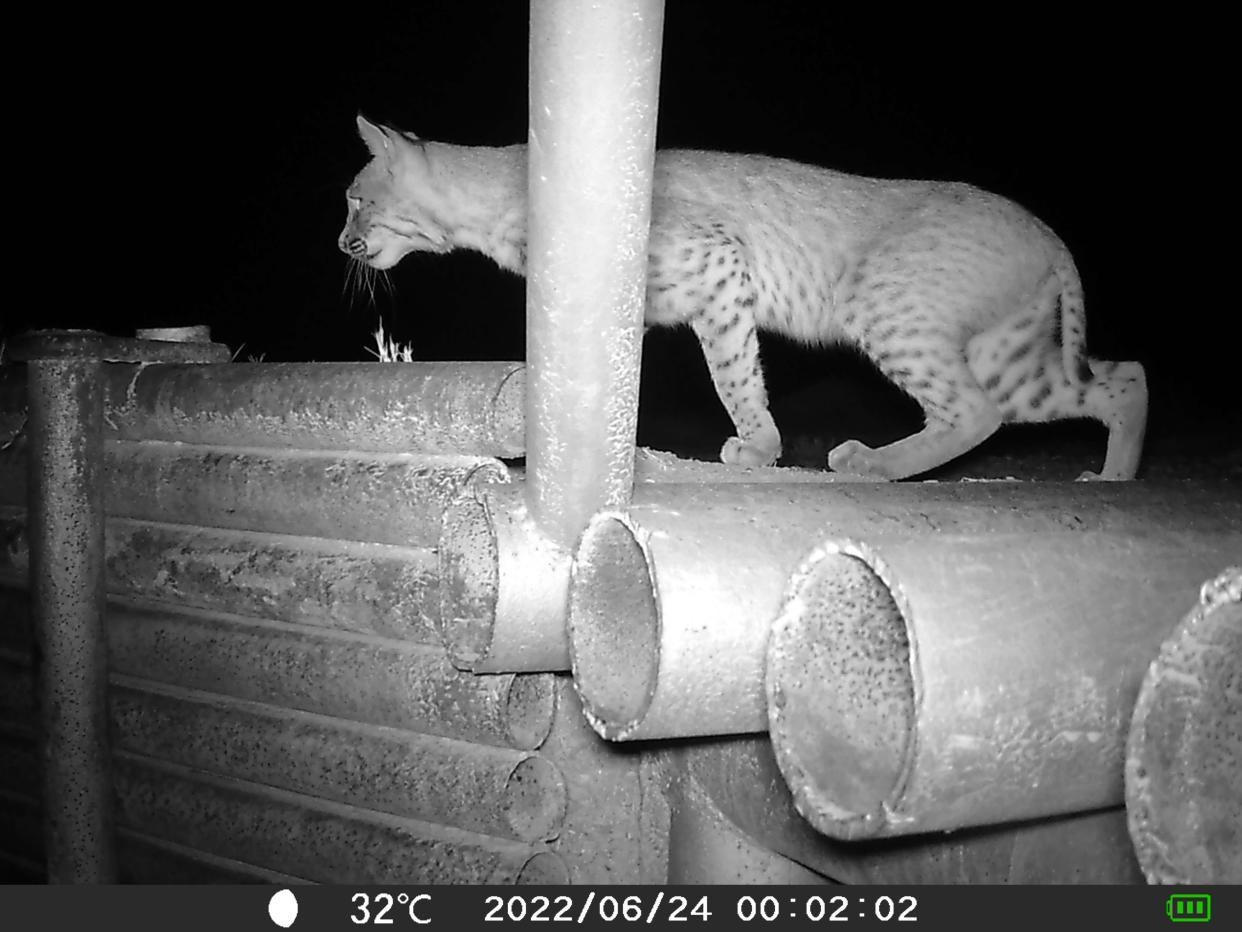
Although this might start a lively discussion with an entomologist or invertebrate biologist, it is commonly stated in print (and various other types of media) that mammals are the dominant types of animals on present-day earth. Mammals are very diverse and occupy all major habitat types, continents, oceans, and seas of our planet. Most of us are well-acquainted with domesticated dogs and cats and other types of mammals sold by the pet trade. Our area economy is partially based upon the production of livestock such as cattle, goats, horses, pigs and sheep. We also see a few species of wild mammals, such as fox squirrels, ground squirrels, rabbits, and occasional coyotes, roaming around our area during daylight hours. However, most of the resident mammals of north Texas and southwest Oklahoma are not as easily observed!
With a few exceptions, our resident mammals are well-adapted to nighttime lifestyles and have excellent night vision, keen senses of smell and hearing, and long, sensitive "whiskers" (technically called vibrissae) for a sense of touch in the dark. The ability to search for food and resources at night is advantageous to smaller mammals. The majority of our area’s wild, resident mammals are relatively small in size but there are notable exceptions. With this in mind, let’s discuss three larger-sized wild mammals (for their types) which, although they may be encountered throughout most of our area, are rarely seen!
The Bobcat (Lynx rufus) is found throughout our region. Their fur is a yellowish tan color with prominent, dark spots interspersed on the sides, dark bands on the fore forelegs, and a short, black tipped tail. The back of the ears are black tipped and fur around the cheeks is long and forms a distinct, flaring "ruff." The Bobcat has relatively long legs and large feet and adults are approximately 2.5 ft. long and weigh approximately 15 lbs. Bobcats are habitat generalists and occur in grasslands, mesquite pastures, rocky areas, and riparian and riverine habitats. These cats usually spend daylight hours in dens located in rocks, caves and crevices, brush piles, dilapidated structures, hollow tree stumps, and in trees.
Bobcats are most active during crepuscular hours (dawn and dusk) and nocturnally from dusk until approximately midnight. They are opportunistic carnivores and their diets vary depending upon local prey abundance and season of the year. Prey items include birds, eggs, snakes, lizards, amphibians, mice and rats, rabbits, small peccaries and feral pigs. Bobcats are known to prey upon house cats and small dogs and have even been observed taking white-tailed deer. Bobcats are polygamous and become sexually mature at approximately two years of age. Litters of 1 – 5 young are born during the spring and are nursed and cared for by their mothers. Although Bobcat adults have few natural enemies, coyotes and great horned owls may prey upon young or small Bobcats. Although cornered Bobcats are known to defend themselves and/or their kittens, these wild cats will usually attempt escape and avoidance when encountering humans.
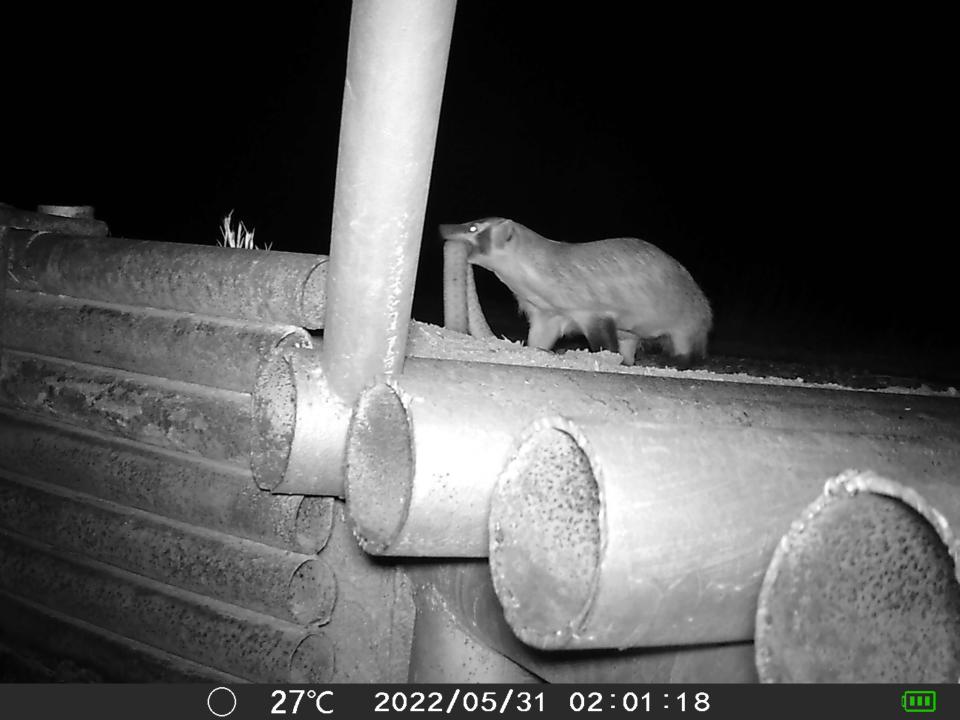
An even less-commonly seen mammalian predator of our area is the American badger (Taxidea taxus). Badgers are the largest mustelid (having musk glands used for scent marking and perhaps defense) in our area and have an almost unmistakable shape. Their legs are short and the front limbs are powerful with long, well-developed claws to aid burrowing activities. The badger’s body is rather flattened and wide and the head is distinctly wedge-shaped with short ears and a rather pointy nose. The yellow to tan body fur is long, dense, and heavily interspersed with silvery hairs. The lower legs and feet are black and the cheek areas have black "badges" surrounded by white fur. A single, white stripe extends from the badger’s nose down the center of its head and sometimes down its back to the base of the rather short, bushy tail.
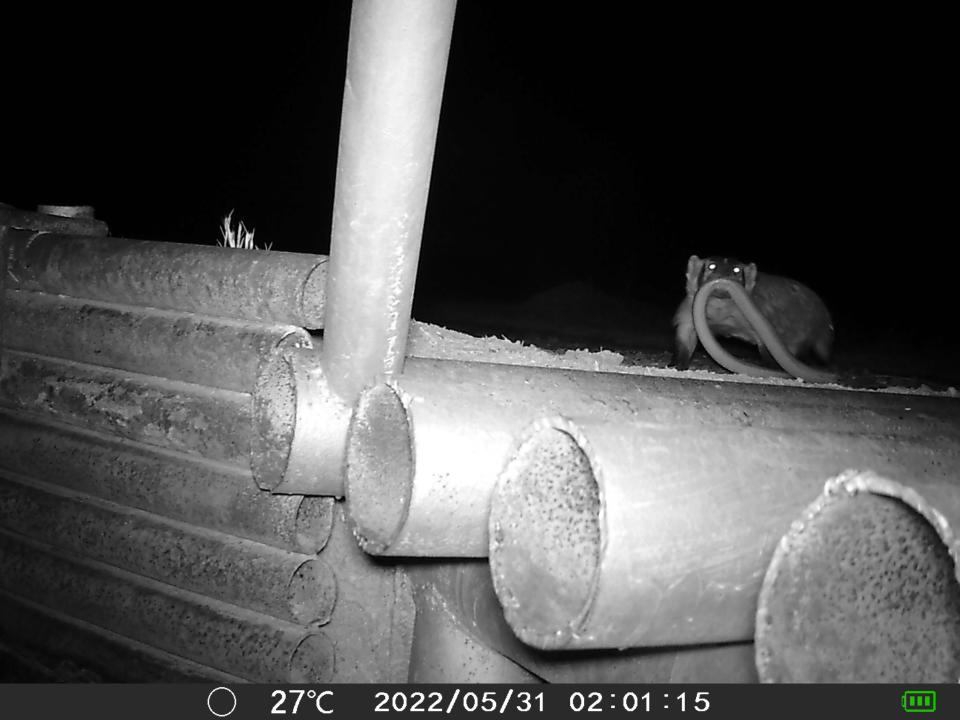
The badger’s size, shape, and powerful front legs allow it to excavate burrows in which to temporarily reside and raise young (called natal burrows) and to dig into the burrows of other animals. Preferred prey items include ground squirrels, prairie dogs, pocket gophers, woodrats, kangaroo rats, mice, rabbits, birds’ eggs, insects and other invertebrates, and some carrion. They are most active during nighttime hours but are occasionally seen during the day. Mating occurs during late summer or early fall, but embryonic growth and development are delayed and young badgers (1 – 5 per litter) are born the following spring. Badgers have the reputation of pugnacious (aggressive) tempers and, with their large claws, well-developed teeth, and short, heavy bodies, adults have few natural enemies in our area. However, avoidance is the badger’s rule when encountering humans and other large predators, such as coyotes and mountain lions.
Let’s end by discussing a prey species of rodent that is actually quite capable of defending itself against the two aforementioned, formidable predators. This large, resident rodent (second in size only to the American beaver) is unmistakable in appearance because of its primary defense mechanism; which makes it appear even larger! The North American porcupine can weigh approximately 20 pounds and is between two to three feet long. Much of this creature's body is covered with stiff, sharp, barbed quills (which are modified hairs). Their face, feet, and body are a dark, chocolate brown-to-black color with many white or yellow quills with dark tips. Claws are well-developed and utilized primarily for climbing trees.
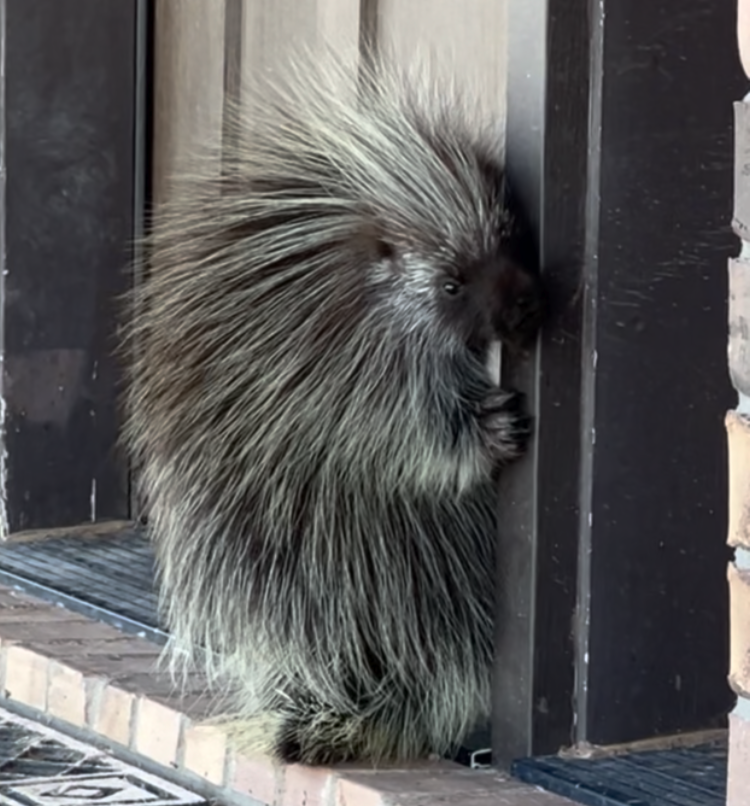
Porcupines usually walk at a leisurely pace but, when alarmed, will often stop, duck their heads between the front legs, and erect their quills in a very effective defense posture to discourage predators. In our area, porcupines are most frequently seen close to water. They may be active during daylight and nighttime hours, but seem to forage more often at night. Their diet includes the inner bark and leaves of trees such as willows, junipers, oaks, mesquite, and cottonwoods, mistletoe, and prickly pear fruits. More vegetable matter is consumed in spring and summer; whereas, more inner bark and phloem from trees is eaten in fall and winter. Porcupines are attracted to salt and have been observed at salt lick sites. After a long gestation/pregnancy period through the fall and winter months, usually a single young (called a ‘porcupette’) is born in spring. The young porcupette is precocial and capable of following its mother and erecting newly stiffened spines in self-defense within a few hours after birth. Porcupines are not aggressive animals and will flee and/or erect their quills if harassed or threatened. They cannot accurately throw their quills at a target but will frequently shake their bodies and tails while backing toward a potential predator.
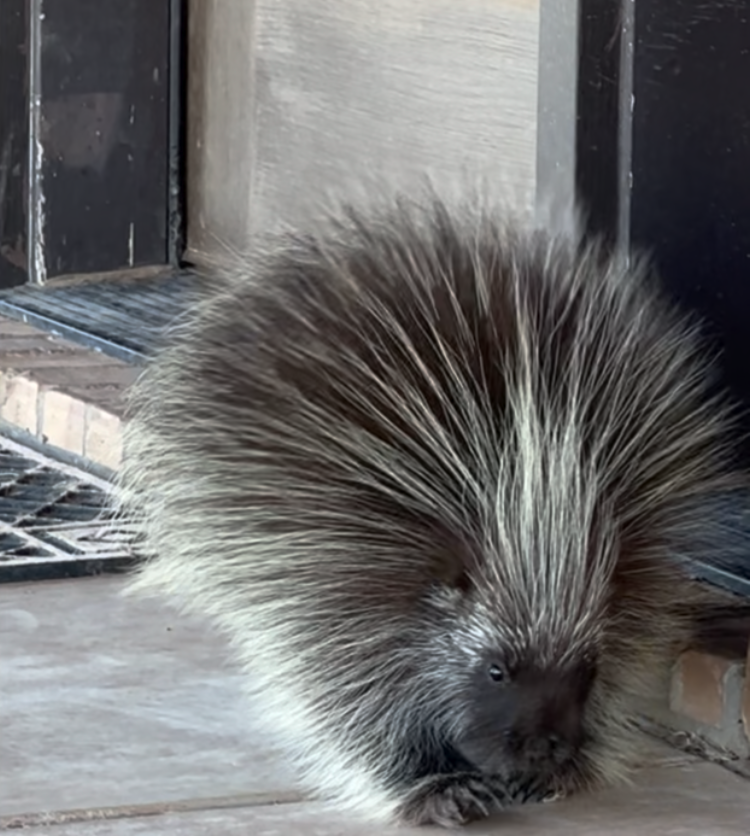
You might encounter these three mammals most often while driving along our area roads at night, but look for them during daytime (especially early morning and late afternoon) hours as well. Remember that all three species prefer to avoid humans if possible; so don’t be too alarmed if you cross paths with them. In fact, you might consider yourself fortunate to have spotted one of these secretive and elusive animals!
Jim Goetze is a retired professor of biology and former chairperson of the Natural Sciences Department of Laredo College with an avid interest in all aspects of the natural world. He can be contacted at gonorthtxnature@gmail.com
This article originally appeared on Wichita Falls Times Record News: Prowlers of the night in North Texas

